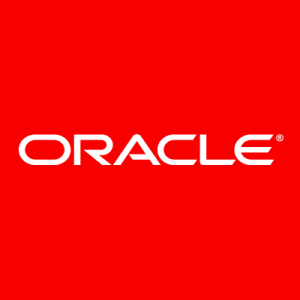Oracle Multitenant offers significant features like easy database cloning, seamless pluggable databases, and resource sharing between container and pluggable databases. It enhances security, simplifies upgrades, and supports database consolidation. Users appreciate its top-down approach, speed, ease of use, and efficient resource management. It aids in application development with Oracle Apex and supports hardware optimization, making it beneficial for software development companies and large enterprises needing to handle various databases and versions.
- "The analytics tool, Oracle Analytics Server (OAS), is the main important component of this solution and in the analytics part, the VPD handles all the necessary functions effectively."
- "The stability of Oracle Multitenant is excellent, and I would rate it a nine out of ten."
- "Our primary use of Oracle includes writing queries for retrieving data for customers without worrying about the customer ID, user ID, as it is automatically connected to each query."
Oracle Multitenant requires improvement in backup and recovery, particularly adding flashback functionality for pluggable databases. Users desire enhanced IO resource control and integration with existing Oracle features. The user interface and command management need advancements, and technical support response times should be quicker. Licensing costs are a concern, as is simplifying upgrades and character set support. It is noted for its capability but faces challenges with ease of use and implementation of new features.
- "The solution is partially extendable. It is not very easy to scale. If we want to grow, we need additional servers, which is why we are considering the cloud."
- "Oracle license pricing is an issue due to its high cost. Our organization is compelled to reduce CPU usage by seventy CPUs because the Oracle license cost depends on it."
- "There are many functions where changes are not easy to implement, and we try to avoid modifying these areas due to security issues and the complexity of maintaining them."




